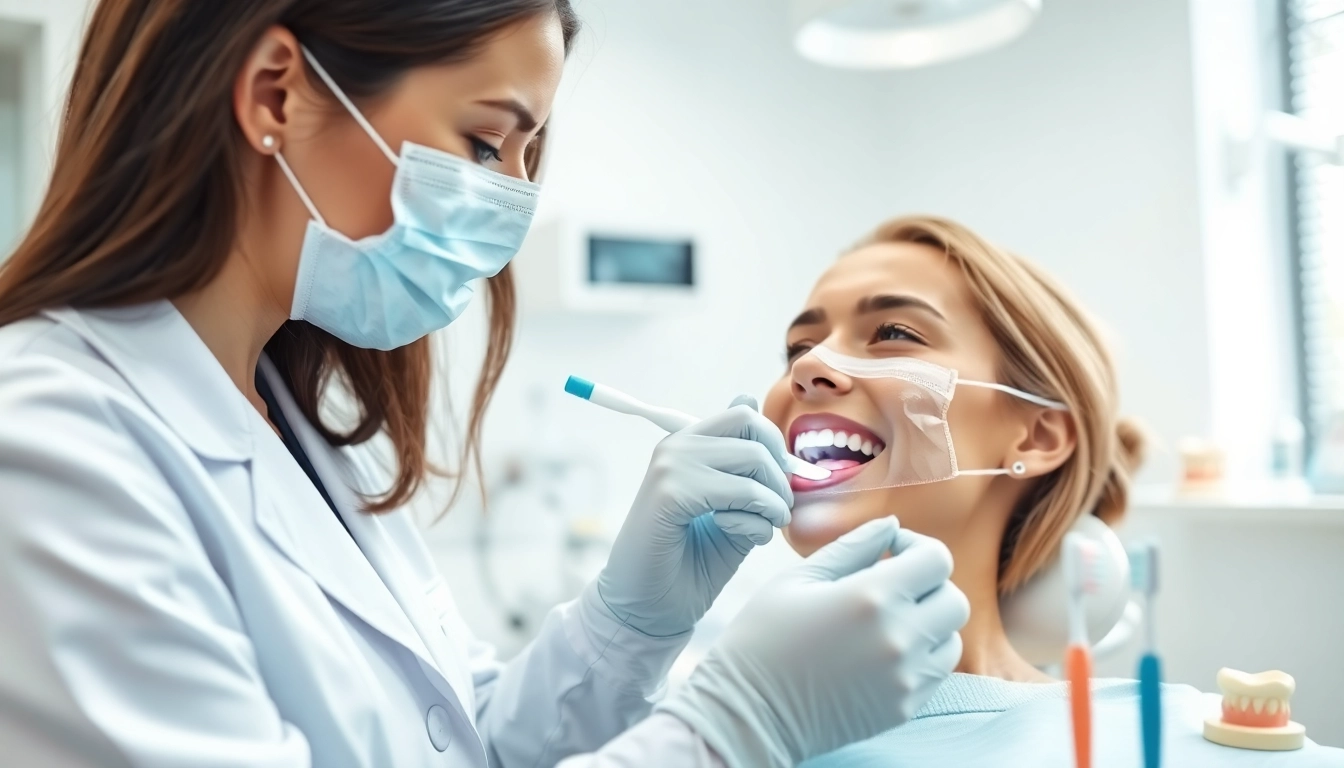Understanding Hygiene: The Foundation of Health
Hygiene is more than just a set of practices—it is a vital aspect of our daily lives that ensures good health and well-being. Defined as the conditions or practices conducive to maintaining health and preventing disease, especially through cleanliness, hygiene encompasses everything from personal cleanliness to environmental health. In a world that is constantly evolving, understanding the importance of hygiene is more crucial than ever. By emphasizing hygiene, we can promote better health practices and prevent the spread of diseases. This article delves into the multifaceted nature of hygiene, providing insights into its importance, the practices involved, and the connection between hygiene and health.
The Importance of Hygiene in Daily Life
Hygiene is integral to our daily routines, impacting both our physical health and social interactions. The practice of maintaining good hygiene can reduce the risk of infections and diseases, ensuring that individuals remain healthy and capable of leading fulfilling lives. Not only does practicing good hygiene enhance personal well-being, but it also promotes community health. The psychological benefits are noteworthy as well; good hygiene can boost self-esteem and enhance social acceptance, leading to better mental health outcomes.
Personal and Environmental Hygiene Explained
Personal hygiene refers to the practices adopted by individuals to maintain cleanliness and promote good health. This includes regular handwashing, oral care, bathing, and maintaining clothing cleanliness. On the other hand, environmental hygiene is concerned with the sanitation of spaces where individuals live, work, and play. It includes the cleanliness of air, water, and surfaces, affecting broader public health outcomes.
Key Terms and Concepts Related to Hygiene
To fully appreciate the concept of hygiene, it is essential to understand several key terms and concepts:
- Personal Hygiene: Refers to an individual’s practices to maintain their body clean and healthy.
- Public Health Hygiene: Encompasses community-level interventions that ensure cleanliness and health standards are met.
- Food Hygiene: Involves the safe handling, preparation, and storage of food to prevent foodborne illnesses.
- Environmental Hygiene: Aimed at ensuring clean surroundings through waste management, sanitation, and pollution control.
Dental Hygiene: Best Practices for Oral Care
Oral hygiene is a crucial component of overall health, preventing diseases related to the mouth and teeth, such as cavities and gum disease. Regular dental care routines are essential to maintain healthy teeth and gums.
Daily Routines for Optimal Dental Hygiene
To ensure optimal dental hygiene, it is recommended to follow these daily routines:
- Brushing: Brush your teeth at least twice a day with fluoride toothpaste. Ensure you cover all surfaces and brush for a minimum of two minutes.
- Flossing: Daily flossing helps remove food particles and plaque from between the teeth where a toothbrush can’t reach.
- Mouthwash: Incorporate an antibacterial mouthwash to reduce plaque and prevent gum disease.
Common Misconceptions About Dental Hygiene
Many misconceptions surround dental hygiene practices. Understanding these can lead to better dental health outcomes:
- Myth: Brushing harder means cleaner teeth. Fact: Brushing too hard can damage gums and enamel.
- Myth: Only brushing is enough for oral care. Fact: Flossing and regular dental check-ups are equally important.
- Myth: Sugar-free foods don’t affect dental health. Fact: Even sugar-free foods can contribute to plaque buildup if not cleaned properly.
How to Choose the Right Dental Products for Hygiene
Selecting the right dental products is essential for maintaining good oral hygiene. Here are some tips:
- Choose toothbrushes with soft bristles to avoid gum damage.
- Look for toothpaste that contains fluoride to help strengthen enamel.
- Use a good-quality mouthwash that combats bacteria while being safe for daily use.
- Consider electric toothbrushes, which can be more effective in plaque removal than manual toothbrushes.
Hygiene and Health: The Connection
The relationship between hygiene and health is intricately linked. Good hygiene behaviors lay the foundation for preventing a variety of illnesses and maintaining health.
The Role of Hygiene in Preventing Diseases
Hygiene plays a crucial role in preventing diseases, particularly infectious diseases. Regular handwashing with soap can significantly reduce the spread of pathogens that cause illnesses such as the flu and gastrointestinal infections. In healthcare settings, maintaining strict hygiene protocols is vital in preventing hospital-acquired infections.
Impacts of Poor Hygiene on Overall Health
Poor hygiene practices can lead to a range of health issues, including:
- Increased risk of infections and illnesses.
- Skin irritations and infestations (e.g., lice, scabies).
- Worsened mental health due to stress and embarrassment arising from perceived neglect.
- Social isolation as a result of stigma associated with poor hygiene.
Strategies to Improve Hygiene for Better Health
To enhance hygiene practices, individuals and communities can adopt several strategies:
- Implement public health campaigns that promote good hygiene practices.
- Encourage handwashing in schools and workplaces with accessible facilities.
- Educate communities about the importance of sanitation and hygiene in disease prevention.
- Provide resources and support for regular health and dental check-ups.
Implementing Effective Hygiene Practices in Families
Families play a pivotal role in setting the foundation for good hygiene practices that can lead to lifelong health benefits. Here are some strategies to implement effective hygiene practices within families.
Teaching Children About Hygiene
Educating children about hygiene is vital in instilling life-long habits. Techniques to teach children include:
- Use fun and engaging methods, like songs, games, and stories about personal hygiene.
- Demonstrate proper hygiene practices, such as handwashing and tooth brushing.
- Encourage children to take ownership of their hygiene routines, making it a part of their everyday activities.
Creating a Hygiene Routine for Families
A consistent hygiene routine can help reinforce good practices. Here are steps for creating a routine:
- Set specific times for brushing teeth, bathing, and doing laundry.
- Use visual aids or charts to track progress and encourage involvement from children.
- Incorporate family discussions about the importance of hygiene and share personal experiences.
Monitoring and Encouraging Good Hygiene Habits
To reinforce and monitor hygiene habits, families can take the following steps:
- Provide positive reinforcement when children practice good hygiene.
- Regularly check in on hygiene practices, adjusting routines as necessary.
- Discuss any challenges openly, providing solutions together as a family.
Measuring the Impact of Hygiene Practices
Assessing the efficacy of hygiene practices is critical for ensuring health and safety in both personal and community settings.
Assessing Personal Hygiene Practices
Individuals can assess their hygiene practices through self-reflection and checklists that include daily and weekly hygiene tasks. It is essential to recognize areas for improvement and adjust routines accordingly. Regular visits to healthcare professionals can further assist in identifying hygiene-related issues.
Evaluating Hygiene Guidelines in Community Health
Communities can evaluate the effectiveness of their hygiene guidelines through:
- Surveys to gauge public knowledge and practices regarding hygiene.
- Data collection on the incidence of hygiene-related illnesses.
- Collaboration with health professionals to update community guidelines.
Future Trends in Hygiene Awareness and Education
The future of hygiene and health awareness is likely to revolve around digital platforms and community engagement. Trends may include enhanced online resources for hygiene education, gamification of hygiene practices for children, and increased integration of hygiene education in school curriculums. Technology, such as apps that provide reminders and track hygiene habits, could also enhance personal accountability and community health.



